Google Analytics 4 Engagement Metrics: What You Should Know
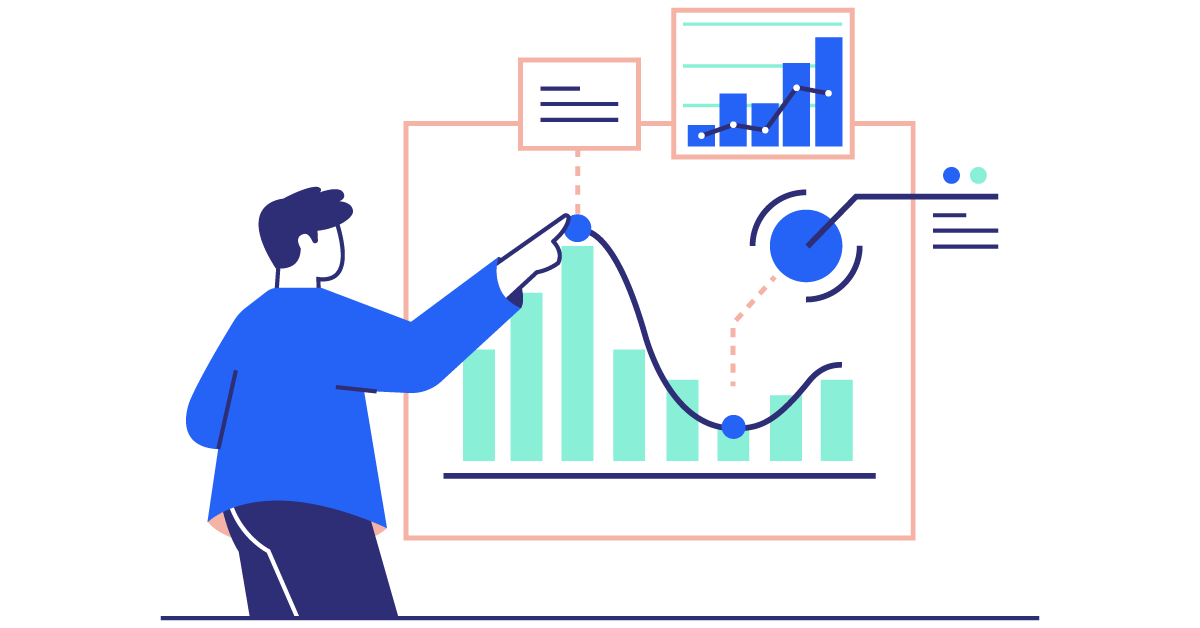
With Google Analytics 4 (GA4) adoption on the rise in businesses and marketing teams, GA4 is quickly becoming the standard for measuring and gaining insight into customer data.
There are some drastic changes in GA4 compared to its predecessor, Universal Analytics (UA). In some cases, they track different metrics entirely. For example, GA4 tracks engagement whereas UA tracks web interactivity. To help you better understand how Google Analytics 4 defines user engagement, here are some things you should know about GA4’s engagement metrics.
Bounce rate doesn’t exist in GA4 (at least right now)
Yes – the good ol’ bounce rate no longer exists in GA4. A bounce is a single-page session on your site. In Analytics, a bounce is registered as a session that triggers only a single request to the Analytics server, such as when a user opens a single page on your site and then exits without triggering any other requests during that session.
This metric won’t be available in GA4. While bounce rate is a good way to understand engagement, it has its limitations. For example, if website visitors land on a page and find the information they need, and these visitors leave the website without visiting a second page, is that good or bad in terms of engagement? From a bounce rate perspective, this is poor engagement because the bounce rate would be high. From a user-experience perspective, this is good engagement because users have found the information they need. GA4 has new metrics to measure engagement and we’ll cover these metrics in the following sections.
An engaged session occurs if a user visits 2+ pageviews
Before we dig on what an engaged session is, let’s define what a session in GA4 is:
A session initiates when a user either:
- Opens your website or app in the foreground
- Views a page or screen
By default, a session ends (times out) after thirty minutes of user inactivity.
An engaged session is when a user registers two or more pageviews on a website. For example, if a user goes to your website’s homepage and then the About Us page, this is considered as an engaged session.
An engaged session occurs if 1+ conversion events happen
Examples of conversion events include submitting a contact form or clicking on an email address on a website. If a user completes a conversion during a session, the session is considered an engaged session. Conversions are considered high-value actions. If a user performs a conversion during a session, the user or session is likely engaged.
An engaged session occurs if a user stays on a website over 10 seconds
By default, GA4 considers a session an engaged session if the session lasts over 10 seconds. However, we don’t think 10 seconds is a good enough time length for a session to be considered an engaged session. We recommend changing this duration to 60 seconds. To change the duration, go to the admin section of GA4 and click on Data Streams.
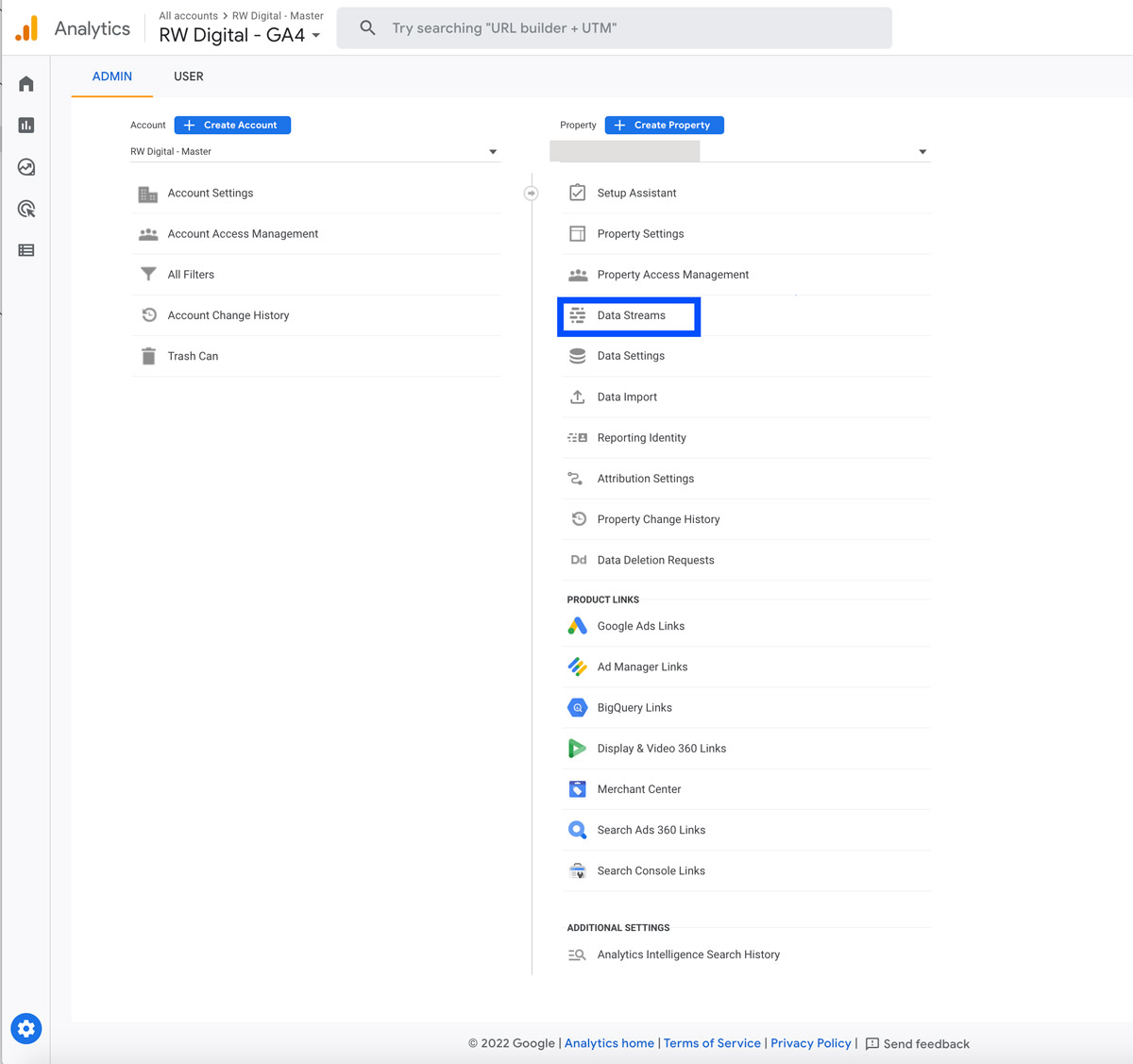
Then, click on your website URL.
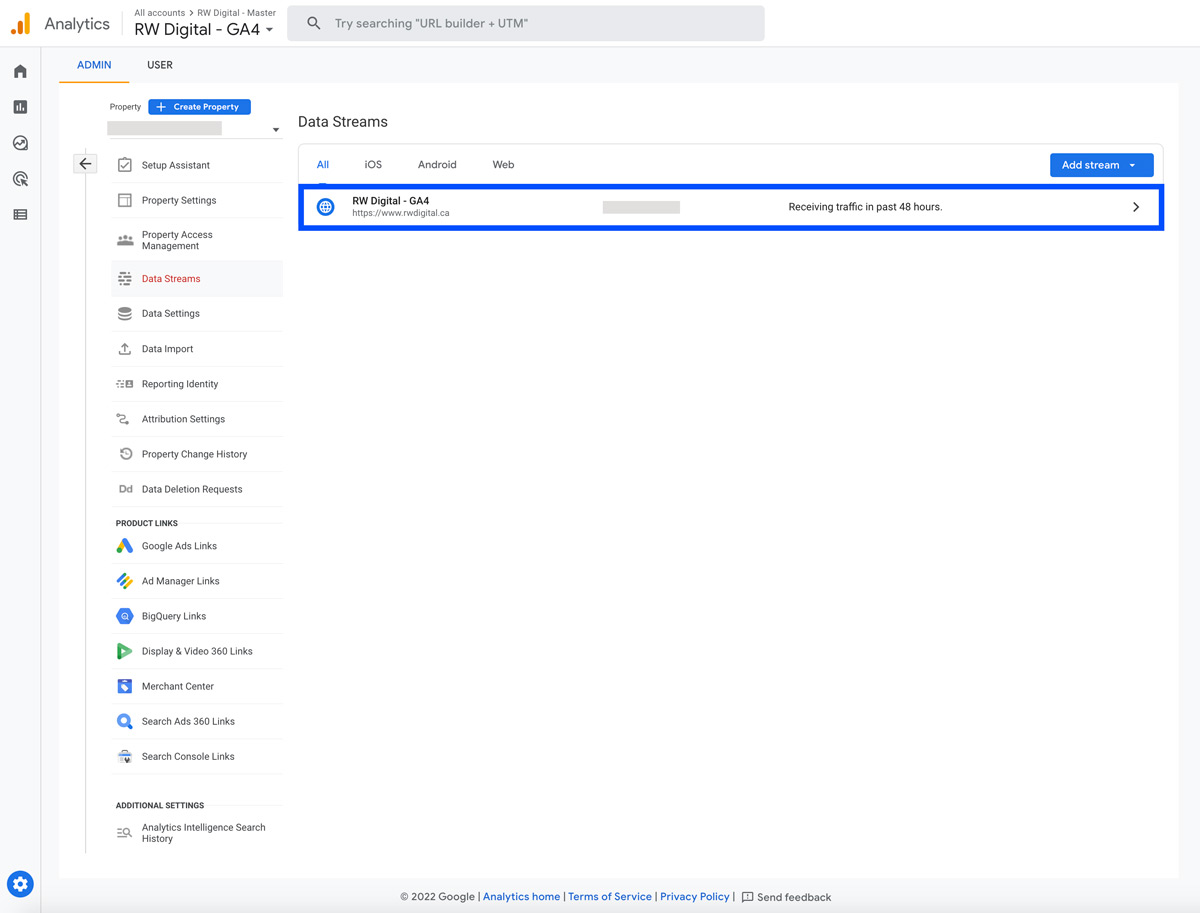
Click on More Tagging Options.
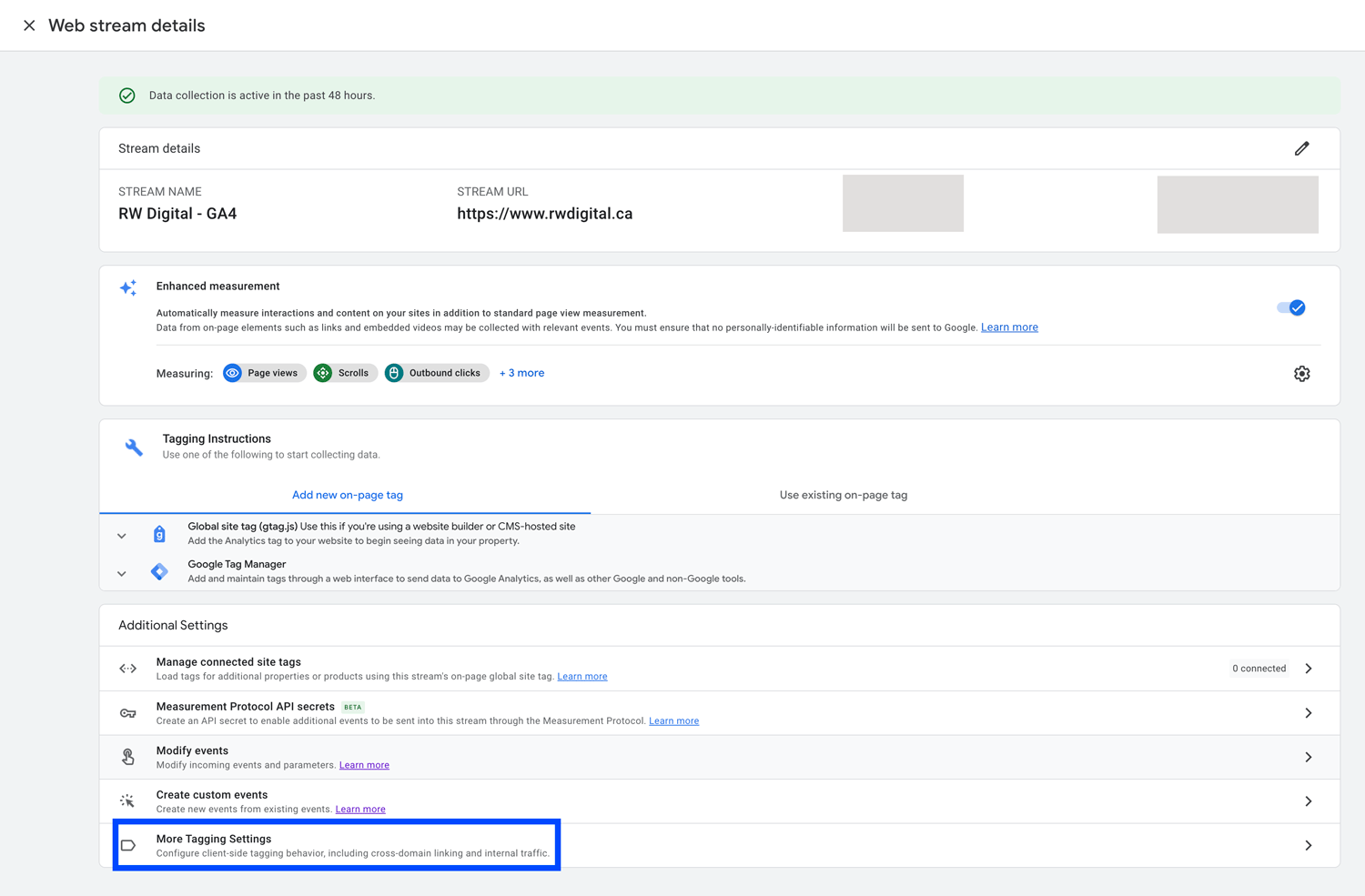
Click on Adjust Session Timeout and then seconds drop-down.
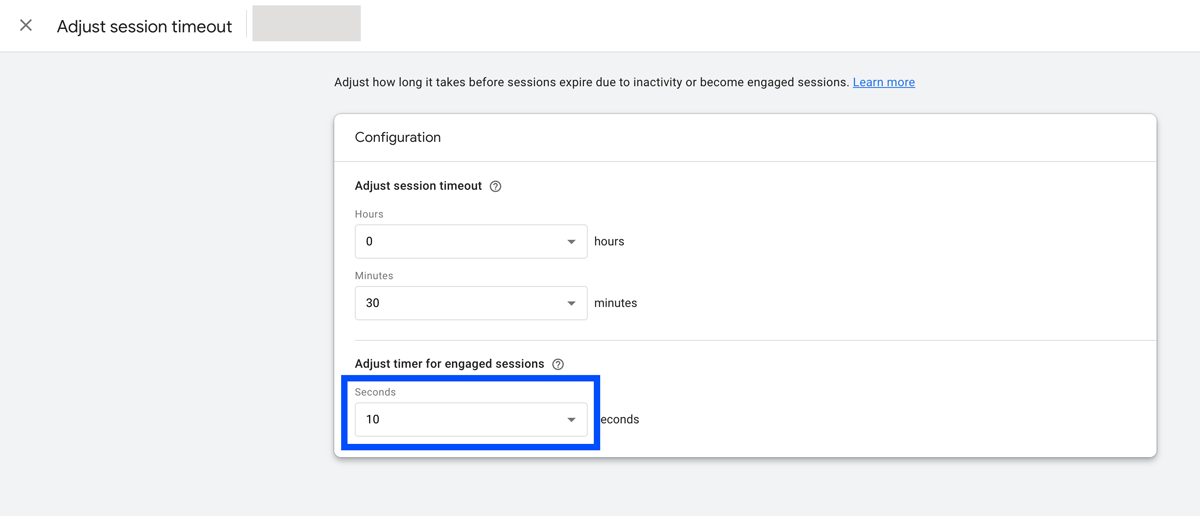
Select 60 seconds and click Save and you’re done!

